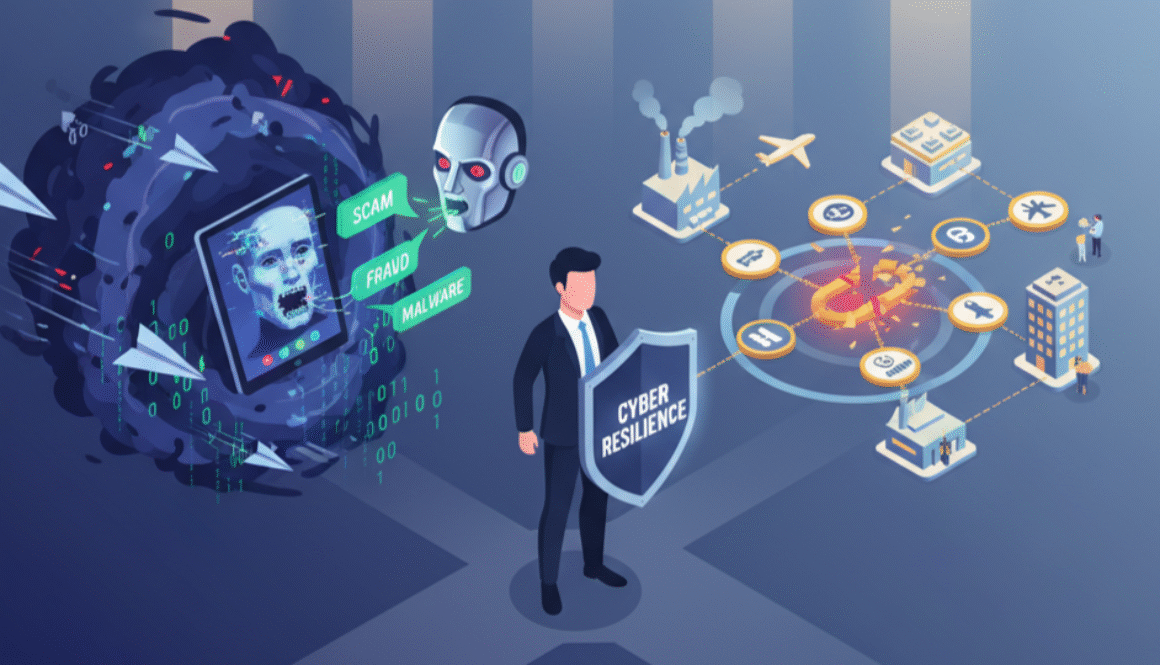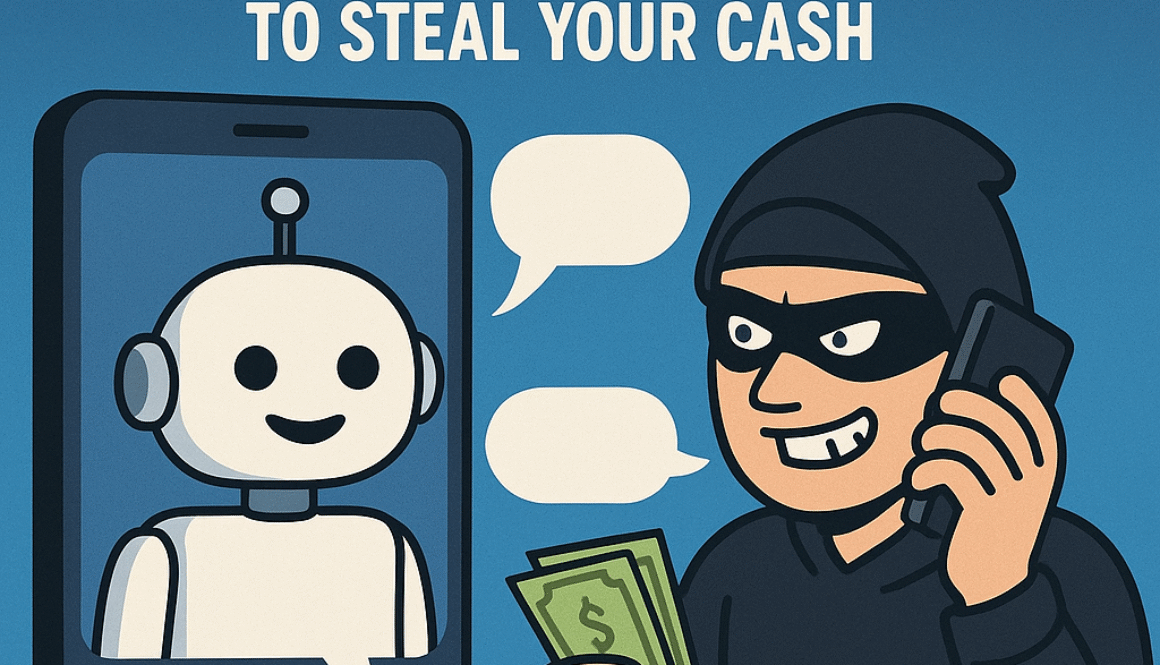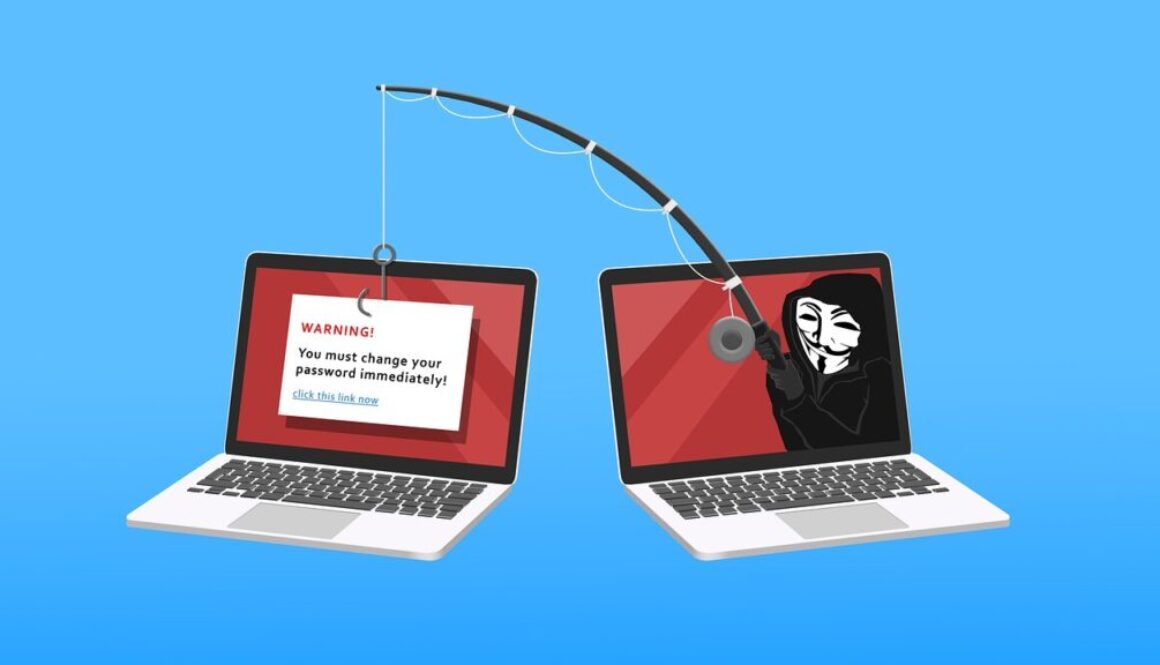Why Oversharing Isn’t Always Harmless
I was watching a news piece this morning on the dangers of oversharing online, more specifically, sharenting. It immediately brought to mind an essay I wrote at university on the highs and lows of oversharing. Back then, the risks seemed theoretical. Today, they are painfully real.
Modern parents and grandparents often live their lives through social media. A camera is always within reach, ready to capture family moments, including awkward or embarrassing ones and many feel compelled to share these instantly. What many forget, however, is that every post builds a digital footprint. In an age where artificial intelligence can harvest, replicate, or manipulate personal data, the consequences extend far beyond a single image.
We are all guilty of it. We all mean well, as parents, grandparents or guardians, we need to be more aware, not just for now, but for the future our children will live.
A Digital Record Created Without Their Consent
By the time children reach their teenage years, they may already have hundreds of photos, videos, and stories online, many of which they did not choose. Unlike a physical photo album, digital posts can be searched, shared, and even manipulated indefinitely. These records can affect friendships, school reputation, and future opportunities.
That “Funny” Photo: From Innocent to Harmful
What feels like a lighthearted moment to us can become a weapon later. That one “funny” photo may resurface years later and become fuel for cyberbullying or even physical bullying. The child who once was a source of parental pride may become a target among peers. The emotional impact, shame, insecurity, social withdrawal, can last long after the image is posted.
Identity Theft, Fraud & the Hidden Dangers of AI
Parents often share full names, birthdays, school uniforms, geolocations, or even daily routines, life by social media! When aggregated, this information becomes a treasure trove for cybercriminals. They may attempt identity theft, or use the data to carry out phishing or impersonation attacks.
Beyond that, AI systems are increasingly capable of using such data to generate synthetic content, deepfakes, voice mimics, or facial reconstructions, which can replicate or distort personal identity. The “hidden dangers of AI” are no longer futuristic speculation, they’re increasingly part present reality.
Privacy, Respect & Autonomy
As children grow, they develop identities and boundaries. Sharing deeply personal or embarrassing moments without their input erodes trust. A child may feel exposed or disrespected by a digital legacy they never consented to.
Illustrated in a Video: A Message from Ella, Without Consent
If you don’t believe me, watch this: A Message from Ella | Without Consent (YouTube)
Overview of the Clip
This short but powerful video presents a narrative from the perspective of a child, “Ella”, whose images and personal stories have been shared without her consent. She speaks directly to the viewer, explaining how it feels to see intimate, private moments made public, how it affects her identity and dignity, and how the control over her own story was taken away. The video is a compelling reminder that the subjects of sharenting are people with emotions, not just snapshots.
Safer Sharing: A Practical Approach
Sharenting doesn’t require stopping entirely, but it does ask for intention:
Restrict audiences using privacy settings.
Avoid identifiable data like school names, uniforms, or precise locations.
Delay posting, wait until after events rather than posting in real time.
Seek the child’s consent, especially as they mature.
Use private platforms or closed family groups instead of public timelines.
Final Thought
Sharenting often comes from pride and love, but with it come real risks, identity theft, reputational harm, bullying, and a digital history over which a child has no control. By being more mindful today, parents can help protect their child’s dignity, privacy, and future.
Sometimes the most caring act is choosing not to share.









